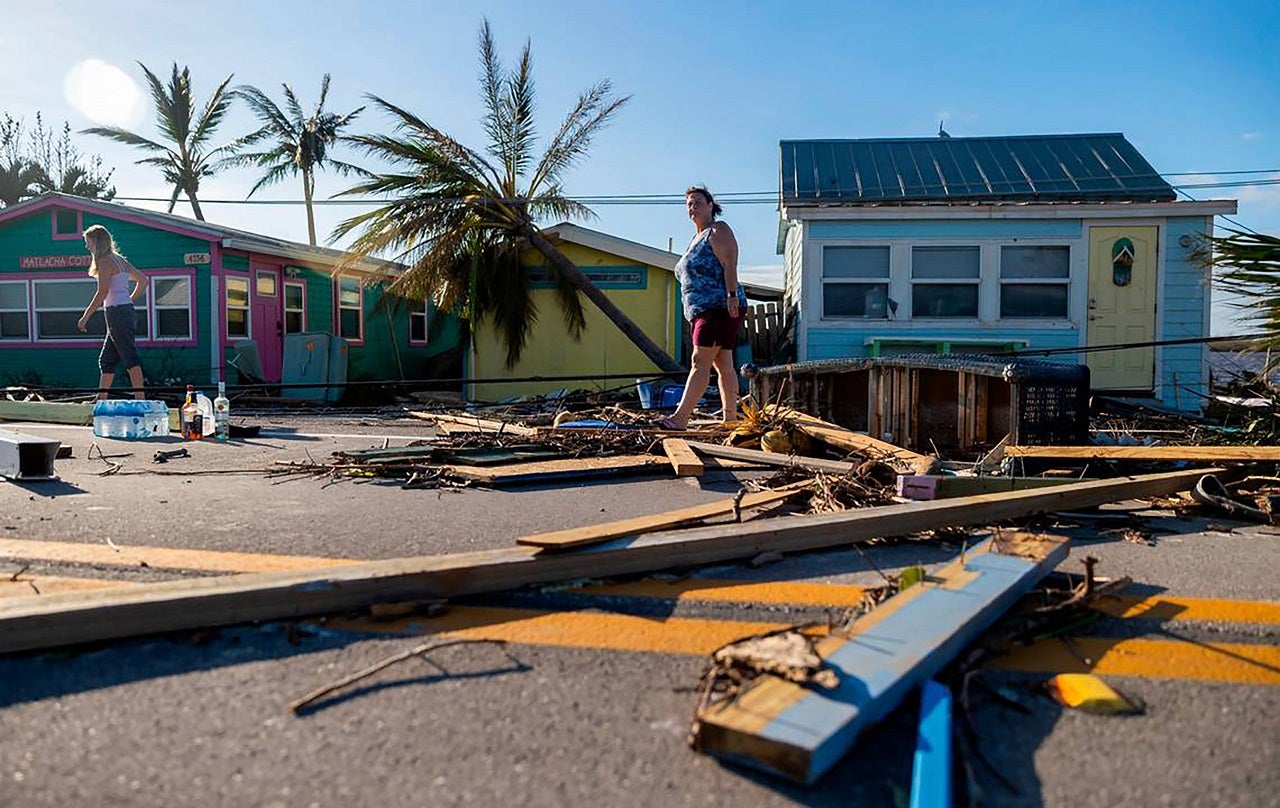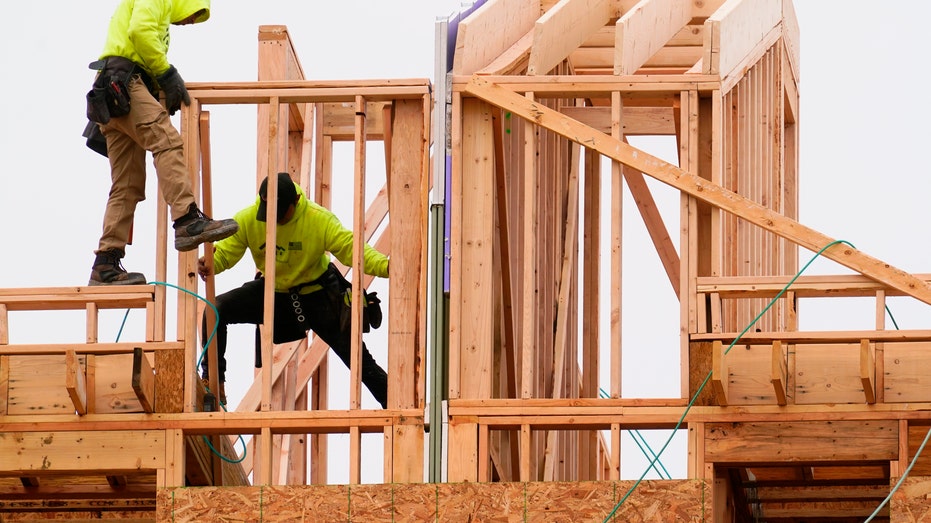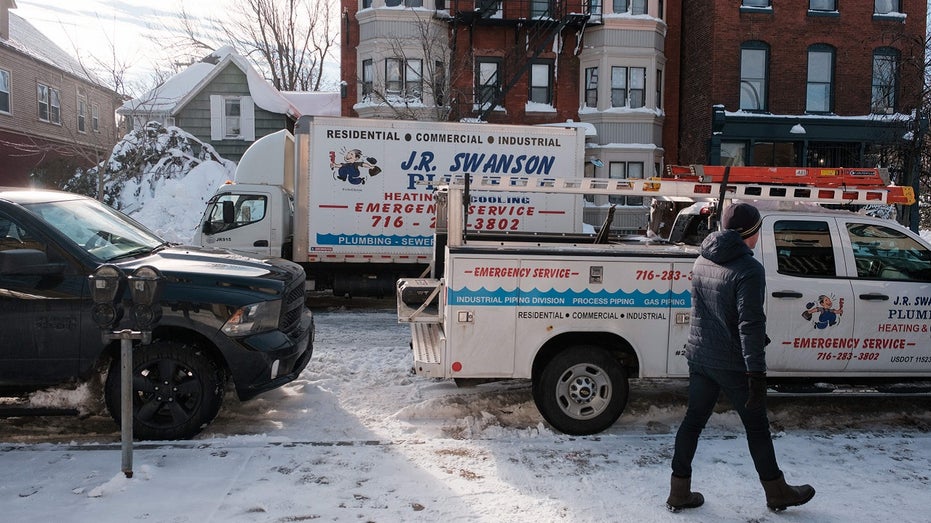Finance
Property insurance going up or away for many in brewing crisis

There’s a storm brewing in the property insurance market, and companies and consumers alike are starting to feel it.
BlackRock CEO Larry Fink told FOX Business last month that not enough attention is being paid to the fact that major insurance companies are fleeing California and Florida because they cannot raise rates high enough to meet returns. Fink warned, “We’re displacing a really large segment of America today that are not going to be able to afford homeowners insurance if they are in an area of risk.”
Big names including State Farm, Allstate, and Farmers Insurance have announced they are not writing new business in California, and seven insurers have been declared insolvent in Florida since early 2022.
The Wall Street Journal recently reported that insurers are looking to raise premiums on auto and homeowners insurance after suffering significant losses due to catastrophe costs, pointing out that several states suffered more than a billion dollars in damages from severe weather so far this year, including Texas, Illinois, Kentucky, Colorado, Tennessee, Arkansas and Missouri.
WITH HURRICANE SEASON ON THE HORIZON FOR HAWAII, MANY HOMES IN THE STATE MAY NOT BE PREPARED
So what is going on that is causing insurers to reduce coverage and even leave some states altogether? According to David Sampson, president and CEO of the American Property Casualty Insurance Association (APCIA), what is happening is in one sense very simple, but in another, several complex factors are contributing to the problem.
“What you’re seeing right now is that insurers are having to rebalance their book of risk across the country and reduce their risk exposure as a result of number one, continuing record natural disaster losses, and number two, there are a number of other economic and societal pressures that are coming into play here,” Sampson told FOX Business.
Sampson pointed to industry data showing insurers paid a record $275 billion in natural catastrophe losses over the last three years, but that is not just due to a record number of disasters. He said there are four other issues putting pressure on the industry.
The first is inflation. Sampson says decades-high inflation has driven up the cost of covering losses, noting that since the start of the pandemic, home construction materials have surged more than 35% and home construction labor is up 30%.

A second major issue is that reinsurance companies are having to rebalance because the global cost of capital has jumped as interest rates have risen.
“There are more attractive investment opportunities for global capital than the volatile investments in insurance, and so the cost of global capital is much higher,” he explained.
DEATH TOLL CAUSED BY WESTERN INDIA LANDSLIDE CLIMBS TO 21
“Reinsurance is a global industry, and so as you have increased natural disasters all over the world, at the same time the capital that is invested in global reinsurance has been tighter and more expensive because there are other places that give higher rates of return with less volatility than in the insurance marketplace.”
A third major problem is unchecked legal system abuse, which was driving the disruption in the Florida insurance market, Sampson said.

That’s a problem the GOP-led legislature and Republican Gov. Ron DeSantis have sought to tackle. The governor’s office says that in 2019, 8.6% of property insurance claims in the U.S. were filed in Florida, yet 76.45% of all property insurance litigation in the U.S. occurred in the state. Florida implemented a series of recent reforms including sweeping legislation aimed at cracking down on lawsuit abuse, which Sampson says has encouraged the industry.
The governor’s office has emphasized that it will take time for Florida’s recent reforms to kick in, but in the meantime, annual property insurance premiums have soared, jumping 42% this year to $6,000 in the state, compared to the national average of $1,700. Roughly 15% of homeowners in Florida don’t have property insurance, more than twice the national average of 7%, according to the Insurance Information Institute.
RISING COSTS OF OWNING A CAR PUSHING MORE AMERICANS TO CONSIDER GOING CARLESS, SURVEY SAYS
But Sampson says the biggest factor of all impacting insurance companies is worsening regulatory restrictions that impede insurers’ ability to manage their risk in a state or to get an adequate rate that covers their risk. He said California is the worst offender, and has an “outdated regulatory regime.”
The 2021 and 2022 wildfire seasons wiped out over a decade of underwriting profits in California, he said, and it is “simply not maintainable” for some insurers to remain in the state due to its regulations.
He said insurers have trouble getting rate increases approved in a timely manner in California, and it is the only state in the nation that does not allow reinsurers to factor in the cost of reinsurance in filings. California also prohibits insurers from using forward-looking catastrophe models, only allowing them to look backward in projecting future losses.
Adding more fuel to the fire in California, since the pandemic, more people have moved into the wildland-urban interface to live near nature, building expensive homes and buildings in the path of more severe wildfires.

“It’s not surprising to me that you’re seeing individual insurers say that we have to completely rethink the amount of risk that we’re willing to ride in California,” Sampson said. “Florida is a very different set of factors than California. Florida is addressing their issues. California, not so much.”
But it’s not just California and Florida having insurance issues, it’s happening around the country.
Sampson said the Midwest has seen record severe convective storms, and devastated crops. Texas has been pummeled by hail. The Northeast experienced a record freeze last Christmas week at exactly the same time that businesses were closed down for the holidays, leading to countless pipes bursting.

“There’s simply no place to hide anymore,” Sampson told FOX Business. “You look at the entire country and the risks are multiplying. [Insurance] rates are not keeping up with rates of inflation and you add on top of that regulatory dysfunction, or antiquated regulatory systems. It’s not surprising that insurers are having to rebalance their risk.”
Read the full article here


















